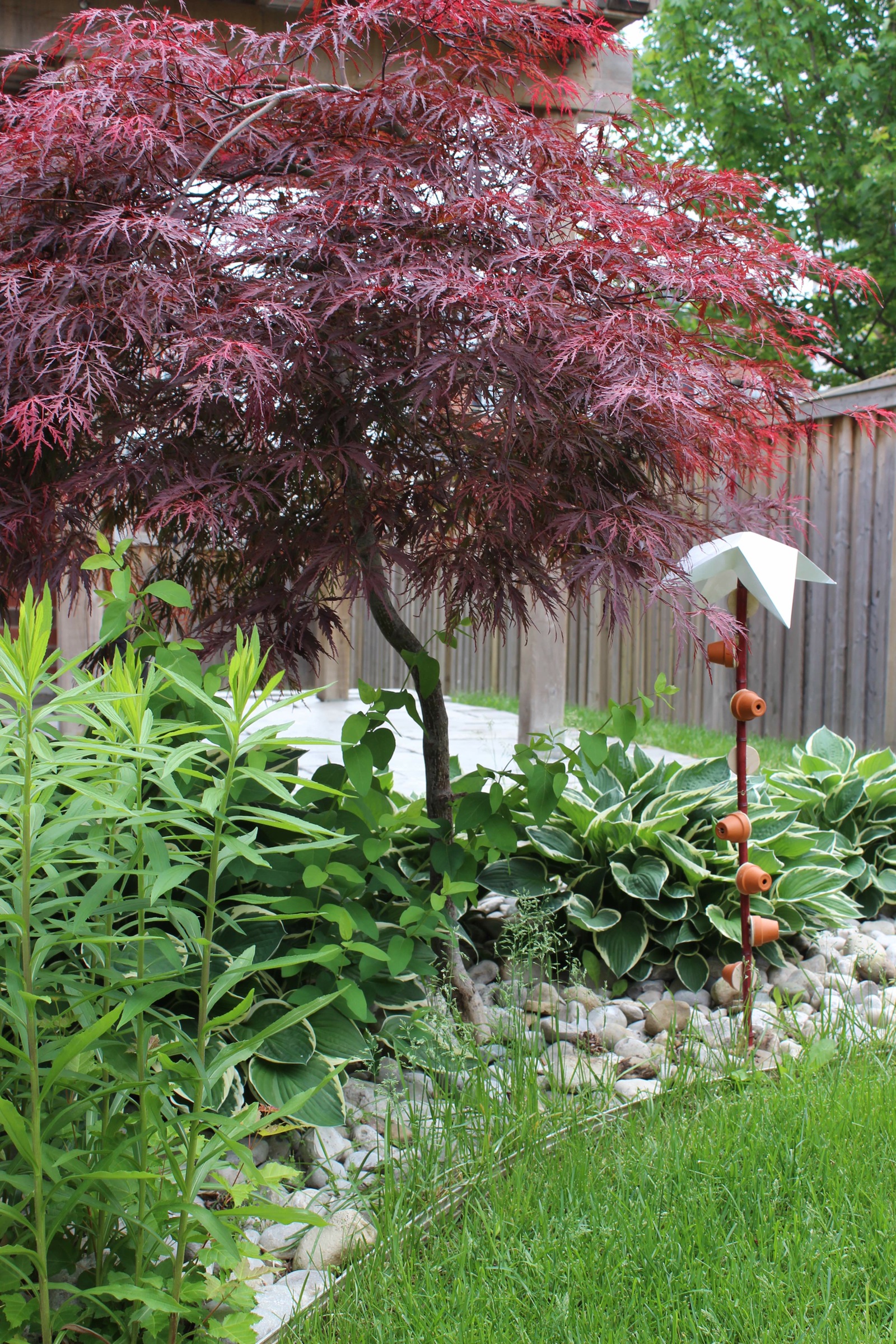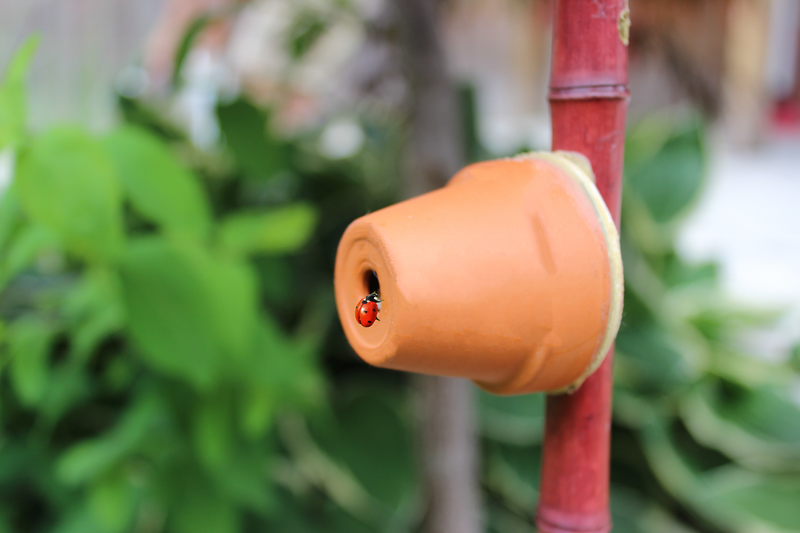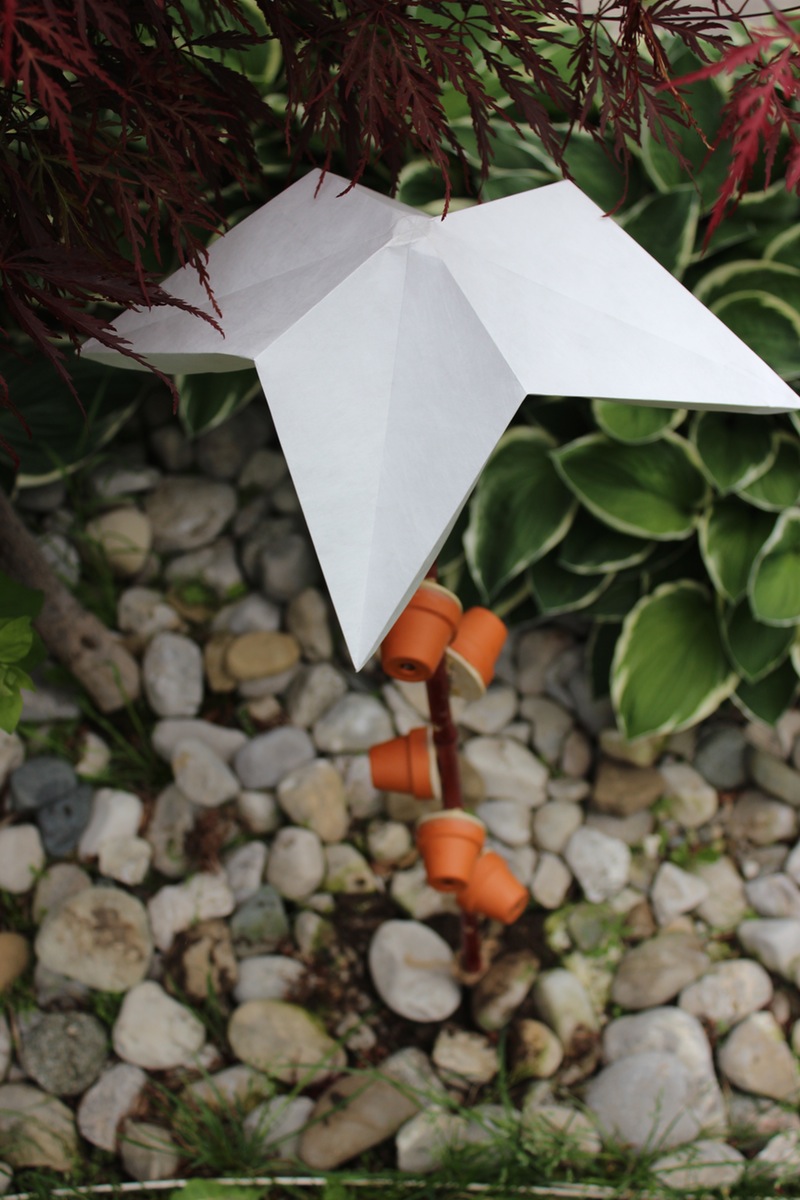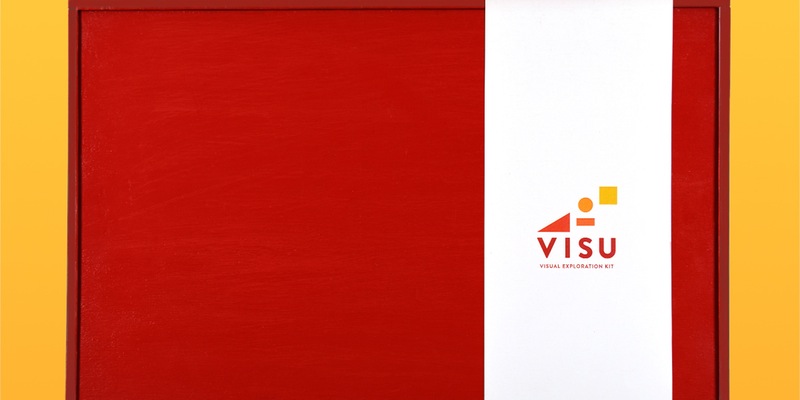
Summary
Encourage people to replace chemical pesticides in their garden to avoid health problems like cancers by creating a 3D shelter for lady bugs.
Problem & why is it worth solving?
Pesticide exposure can cause a range of short and long term health effects. Such as, asthma, hypersensitivity, cancer, and problems with fetal development. The WHO estimates there are 3 million case of pesticide poisoning every year and 220 000 deaths.
Pesticides can contaminate soil, water, turf, and other vegetation. In addition
to other animals like birds, insects and fish. These problems can be avoided using a natural organic method.
Solution
By creating a shelter for the ladybugs
I created an ecosystem on which the ladybugs feed on mites and aphids
Description
Many people are unaware of the benefits of some insects like ladybugs.
They are harmless to humans and benefit us in gardening; they are living ‘pesticides’ that feed on aphids,pests, insect’s eggs and mites. Replacing chemical pesticides in our garden with ladybugs, can help prevent avoidable health problems to farmers, consumers and the ecosystem.
Primarily, ladybugs are attracted to the availability of it’s food. They are also attracted to light colored flowers.

The ladybugs have access to the pots from the outside and inside of the bamboo. In the pots, there is hay for them to feel more out in nature. Also, birds and other bugs cannot reach into the shelter and eat the ladybugs.
Upon finding a sick plant, attacked by aphids and pests, the farmer or the house owner places the shelter nearby and releases the ladybugs onto it.
As long the plant is sick, the ladybugs will be present.

Process
The project started with finding natural ways to substitute pesticides, which led to lady bugs. After analyzing the problem, I researched the bug’s anatomy, habitat, diet, hibernation, and life cycle.
I created the important orthographics for the 3D model.
Through research I was able to conclude that ladybugs natural habitat
is all types of vegetation that harbors it’s food. Ladybugs live in a variety of habitats, including forests, fields, grasslands, gardens, and even in people’s houses. Collectors locate these populations
and collect the insects to sell to organic gardeners. They often do this in mass where several hundred adults will gather at the base of a tree, along a fence row
or under a rock. They especially like areas where leaves protect them from cold winter temperatures.
During the winter months, ladybugs seek out a warm place to hibernate. Many seek out cracks around buildings, including people’s homes. They mass together
to stay warm throughout the winter.
A ladybugs diet consists of aphids, mites, scales, nectar, pollen and honeydew may be consumed. Ladybug larvae
can eat about 25 aphids a day; adults can eat over 50. Aphids are a ladybug’s favorite food.
A challenge I encountered is finding the right materials that have longevity and attract ladybugs. Through experimentation, trial and error, of different materials like Tyvek, waterproof, I came up with final design.
In my solution, I added a white folded Tyvek flower roof to the shelter, to attract ladybugs and to shield them from water entering their shelter.



